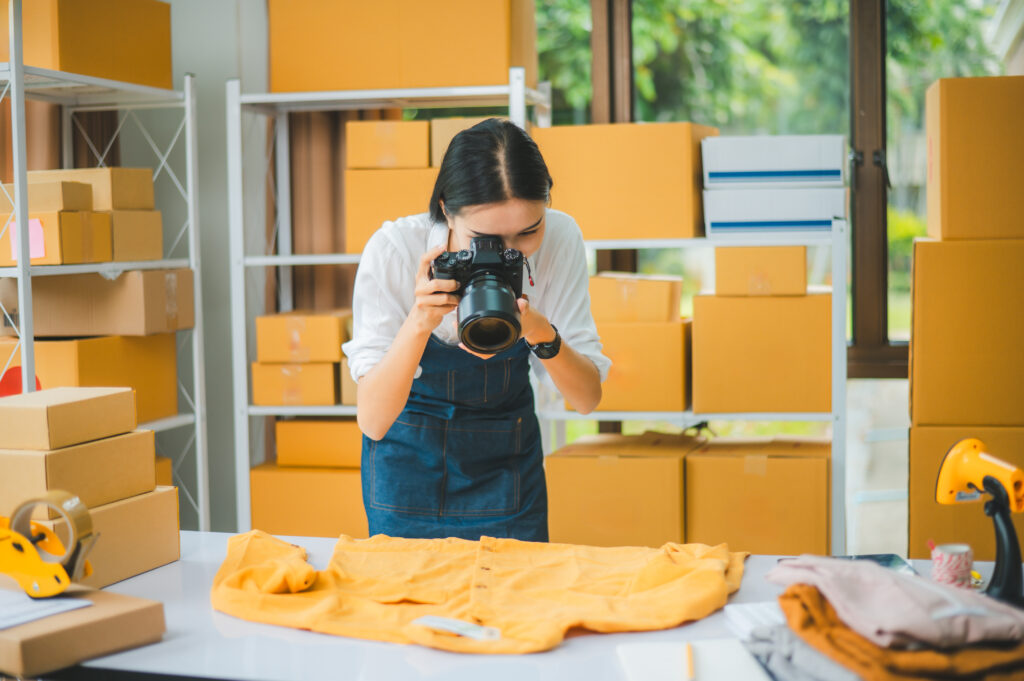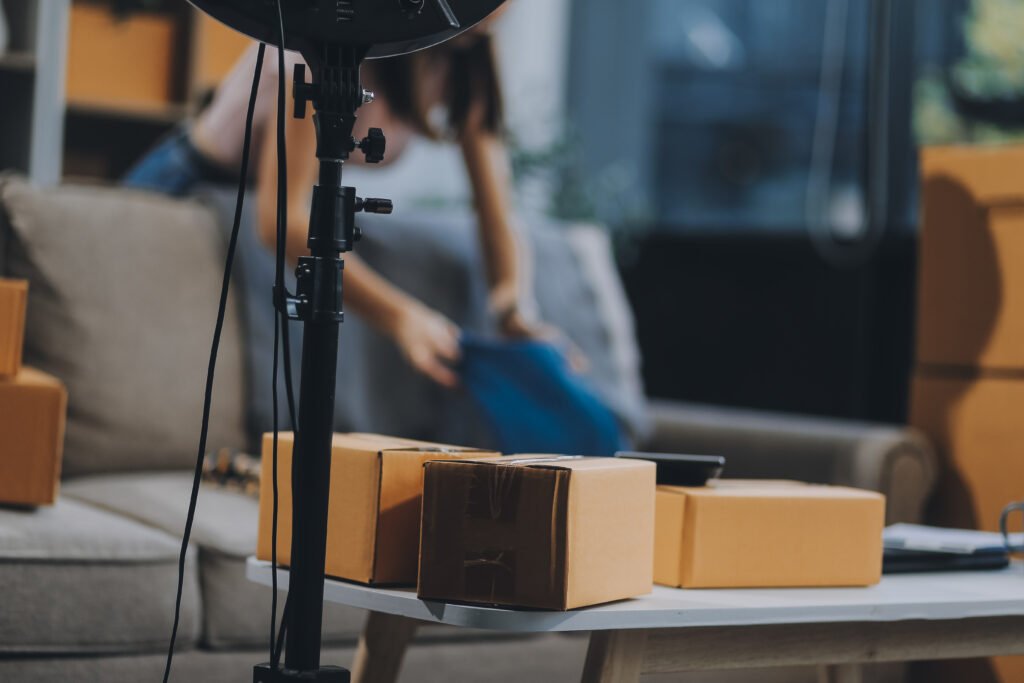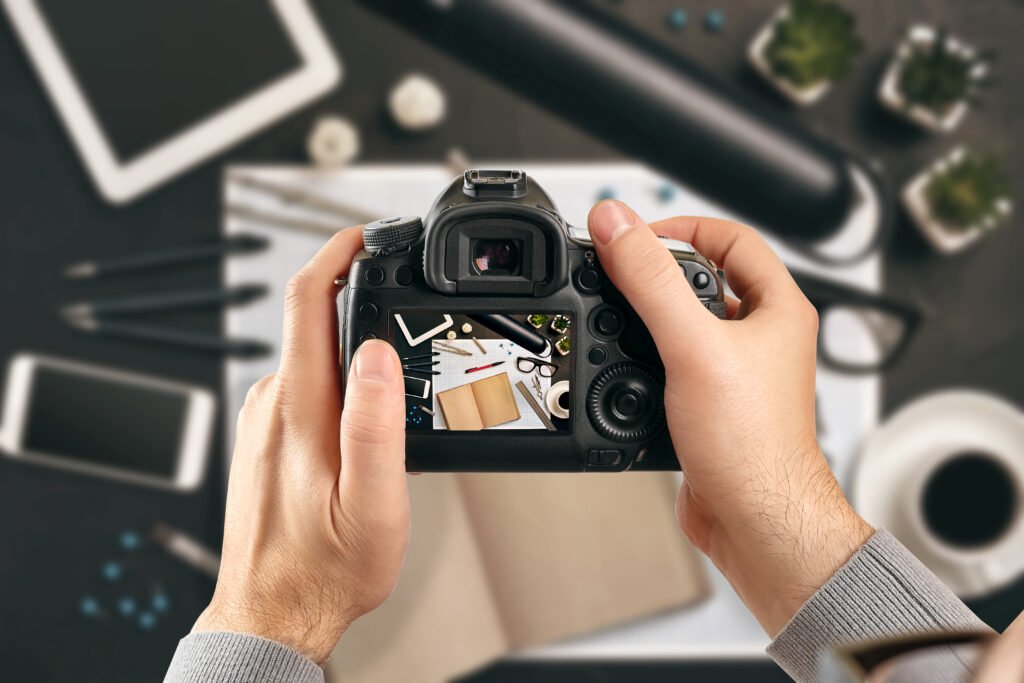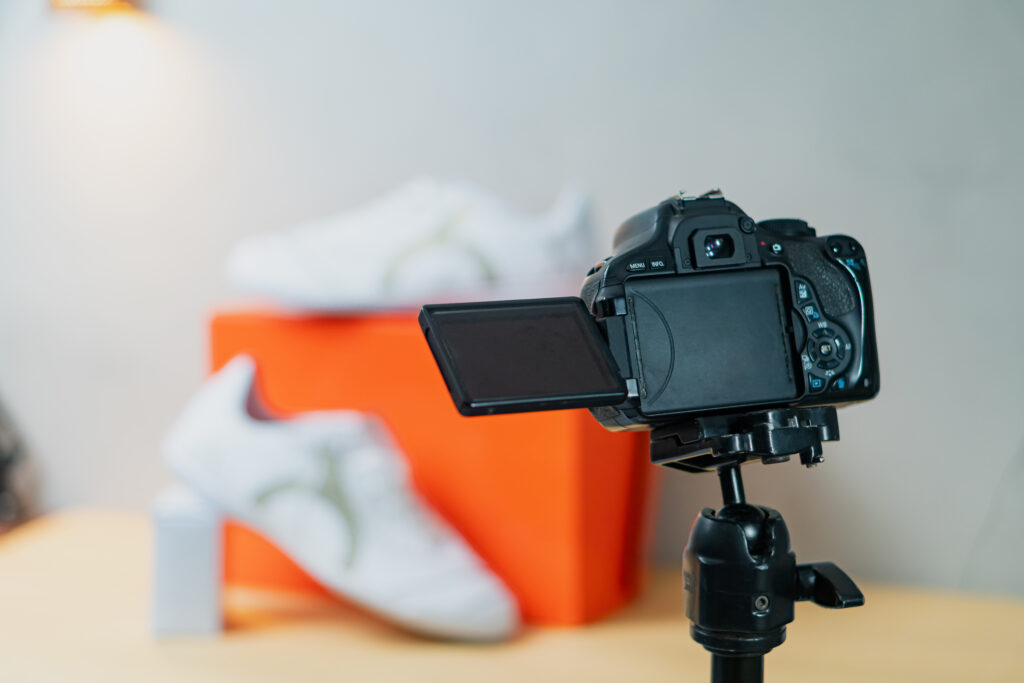Optimizing product images for Amazon means creating high-quality photos that follow Amazon’s rules. These images must also effectively attract and engage potential buyers. A well-optimized image grabs attention, builds trust, and gives customers a reason to choose your product over the competition.
If you fail to optimize your images it can cost you potential customers. Poor-quality photos make even the best products look unappealing. Worse, Amazon might reject your listing entirely if your images don’t follow their rules. In a crowded marketplace, proper image optimization isn’t optional—it’s essential for standing out and boosting sales.
In this article, I’m going to break down everything you need to know—from meeting Amazon’s requirements to leveraging advanced strategies that increase sales. You’ll also discover common mistakes to avoid and actionable tips to keep your listings consistent. Let’s dive into the details and get your product images working harder for you.

What is Optimizing Product Images for Amazon?
Optimizing Product Images for Amazon means making your product pictures look their best. On Amazon, your pictures do all the talking. If they’re not clear and neat, people might skip your product and choose something else.
To do this, use bright, sharp pictures that show every detail of your product. Use a plain white background so the product stands out. Show it from different sides, zoom in on important parts, and include a picture of someone using it. This helps people see what they’re buying and how it works in real life.
If your picture is blurry or has a busy background, Amazon might reject it. Optimizing Product Images for Amazon is not just about following rules—it’s about showing your product in the best way so people trust you and want to buy it.
How Optimized Product Images Drive Sales
A picture is worth a thousand words. On Amazon, it’s worth a thousand sales. When your product images are optimized, they act as silent salespeople. They grab attention, build trust, and help your product stand out in a sea of competitors.
Here’s why optimized product images drive sales:
- Answer Customer Questions: Your images instantly show what the product looks like, its size, and quality.
- Boost Click-Through Rates (CTR): Clean, professional main images attract clicks, which Amazon’s algorithm loves.
- Build Confidence: High-quality images tell customers you care about your product.
Take the time to get your images right because every click and every sale counts.

Why Optimized Images Matter for Amazon
On Amazon, your product images are more than just pretty pictures. They’re your first impression of your products. Shoppers don’t stick around to read a novel about your product. They rely on your images to tell the story. This is why optimized images matter so much for Amazon. They do the talking, the selling, and, if done right, the convincing.
When you upload high-quality, clear images, you’re not just meeting Amazon’s requirements. You’re showing your customers that you take your product seriously. A sharp, well-lit image with a clean white background tells buyers, “This is a professional seller.” On the other hand, a blurry or poorly edited image? That screams, “I didn’t put in the effort,” and buyers will notice.
Optimized images also help with visibility. Amazon’s algorithm favors listings that meet their standards. Better images can improve your ranking, making it easier for customers to find your product. This means more eyes on your listing and, hopefully, more sales.
So, take the time to polish those photos. Optimized images aren’t just about following rules—they’re about showing your customers that you care. And when you care, they’re more likely to trust you and hit that “Buy Now” button.
Image requirements and guidelines set by Amazon
Amazon has strict requirements, and if you don’t follow them, your images might get rejected. Following these guidelines is important for optimizing product images for Amazon. Let’s take a deeper look.
- Image Resolution and Size
Your images need to be at least 1000 pixels on the longest side. This allows customers to zoom in and inspect your product. Always aim for high resolution—it’s worth the extra effort.
- Background Requirements
On Amazon, clean and simple wins the race. Amazon insists on a pure white background for the main image. Because it keeps the focus on your product. Save the artsy backgrounds for social media.
- File Format
Stick to JPEG, PNG, or GIF formats. No PDFs, no funky file types. Amazon won’t process them, and you’ll just waste time.
- Main Image Rules
The main image must show the product only—no props, no text, no logos. It should fill at least 85% of the frame. If you try to sneak in extras, Amazon will catch you.
- Additional Images
For secondary images, you can get creative. Show the product from different angles, add lifestyle shots, or include close-ups.
Tools and Resources for Image Optimization
To get your product images ready for Amazon isn’t just about having a good camera. You need the right tools and resources to make them look professional. Plenty of user-friendly options can help you master optimizing product images for Amazon like a pro. Let’s take a closer look.
1. Editing Software
Adobe Photoshop is the gold standard for image editing. It lets you adjust brightness, remove backgrounds, and add those perfect finishing touches. If Photoshop feels overwhelming, tools like Canva or GIMP offer simpler options.
2. Background Removal Tools
Amazon loves clean, white backgrounds, and tools like Remove.bg or Clipping Magic can help. They’re quick, easy, and save you hours of manual editing. One click, and your background worries are gone!
3. Compression Tools:
Large image files can slow down loading times, which isn’t great for mobile shoppers. Use tools like TinyPNG or ImageOptim to compress images without losing quality. Faster-loading images mean happier customers.
4. Amazon-Specific Tools
Tools like AMZ One Step or Helium 10 have features designed for sellers. They help you analyze and improve your images based on Amazon’s standards.

Common Mistakes to Avoid
When it comes to optimizing product images for Amazon, even small mistakes can hurt your sales. Some are easy to spot, while others can sneak up on you. Avoiding these common mistakes will save your time, frustration, and lost customers. Let’s dive deeper to avoid common mistakes.
- Blurry or Low-Resolution Images
Customers want to see the details. If your images are blurry or pixelated, they’ll assume the product quality is just as bad. Always use high-resolution photos that allow zooming.
- Ignoring Amazon’s Guidelines
Amazon has strict rules, and ignoring them can get your images rejected. No logos, no props in the main image, and always use a white background.
- Over-Editing Images
Editing can make your product pop, but overdo it, and you risk misleading customers. Keep the colors accurate and avoid using filters that distort the real look of your product.
- Forgetting Lifestyle Shots
Don’t just show the product—show how it’s used. Many sellers skip lifestyle images, missing out on the chance to connect with customers emotionally.
- Oversized or Uncompressed Files
Large files can slow down page loading. Use compression tools to optimize file size without sacrificing quality.
How to Optimize Product Images for Amazon (Step by Step)
Preparing your product images for Amazon may seem overwhelming, but breaking it down into manageable steps makes the process easier. Let’s dig into the details to quickly master the art of optimizing product images for Amazon.
Step 1: Start with High-Quality Photos
Use a good camera or smartphone with excellent resolution. Natural lighting works wonders, but if that’s not an option, invest in a basic lighting setup. Clear, sharp images are your foundation.
Step 2: Stick to Amazon’s Guidelines
Make sure the main image has a white background and fills at least 85% of the frame. Avoid adding text, logos, or props. Follow Amazon’s rules—it’s non-negotiable.
Step 3: Show Multiple Angles
Shoppers want to see your product from every perspective. Take front, back, and side shots. Add close-ups for details like texture or buttons.
Step 4: Add Lifestyle Images
Include photos of your product being used. Lifestyle shots help customers visualize how your product fits into their lives, making them more likely to buy.
Step 5: Use Editing Tools
Adjust brightness, contrast, and sharpness using tools like Photoshop or Canva. For background removal, try Remove.bg or Clipping Magic. Keep the edits clean and realistic.
Step 6: Compress the Files
Use tools like TinyPNG to reduce file size without losing quality. Fast-loading images improve the customer experience, especially for mobile users.

Advanced Strategies for Better Conversions
Once you’ve mastered the basics of optimizing product images for Amazon. It’s the perfect time to lift up your approach. Advanced strategies can transform your listings from good to outstanding. It will lead you to higher conversions. Let’s dive into a few techniques that will make your product images work even harder for you.
- A/B Test Your Images
Don’t assume your first set of images is the best. Use A/B testing tools to see which images perform better. Try different angles, lighting, or lifestyle shots.
- Use Infographics
Sometimes, a picture with a few words can say a lot. Add infographics to highlight key features or benefits. Make sure the text is minimal and doesn’t overwhelm the image. This works especially well for tech products or items with unique features.
- Highlight Unique Selling Points
Zoom in on details that make your product stand out. If it’s a soft blanket, show a close-up of the texture. If it’s durable, include a shot that demonstrates it in action. These images help customers see why your product is worth buying.
- Incorporate Seasonal Updates
Refresh your images to reflect holidays or seasons. A subtle touch, like adding props in a lifestyle image, can make your listing more relatable and timely.
- Optimize for Mobile
Most shoppers browse on their phones. Ensure your images load quickly and look great on smaller screens.
Best practices for maintaining Amazon images consistency
Consistency in your Amazon images isn’t just about looking professional—it’s about building trust with your customers. When all your product photos follow the same style and quality, your brand becomes more recognizable. If you want to maintain consistency, it is a vital part of optimizing product images for Amazon. Let’s go further into this.
1. Use the Same Background for All Products
Stick to a white background for main images and consistent settings for lifestyle shots.
2. Keep Lighting Uniform
Use the same lighting setup to avoid inconsistencies.
3. Match Your Angles
Shoot all products from similar angles to create a cohesive portfolio.
4. Stick to a Style Guide
Document your guidelines for colors, framing, and editing to ensure consistency across your listings.
5. Update Images Together
If you’re refreshing one product’s photos, update the others too. This keeps your brand looking unified.

Tips for Optimizing Amazon Product Images
When it comes to optimizing product images for Amazon, a few smart tips can make all the difference. It’s not about fancy tricks—it’s about making your product look its best while meeting Amazon’s requirements. Let’s explore this in more detail.
- Use High-Resolution Images
Always upload images with at least 1000 pixels on the longest side. This enables the zoom feature, allowing customers to inspect details and trust the quality of your product.
- Stick to a White Background
Amazon requires a pure white background for main images. It keeps your listing clean and professional, ensuring all attention stays on your product.
- Show Multiple Angles
Capture your product from every perspective—front, back, sides, and even close-ups for key details. The more clarity you provide, the better.
- Add Lifestyle Shots
Show how your product fits into real-life situations. Lifestyle images help customers visualize its use, making them feel more connected to your offering.
- Include Infographics
Use minimal text overlays to highlight features or benefits. Infographics work especially well for products with unique selling points.
- Compress Your Images
Large files can slow down loading, frustrating mobile users. Use tools like TinyPNG to reduce file size without losing quality.
Conclusion
Optimizing product images for Amazon isn’t just about following rules—it’s about creating visuals that sell. High-quality, sharp images that meet Amazon’s guidelines grab attention, build trust, and drive conversions.
Start implementing these tips today to transform your product listings and boost sales. Avoid common mistakes like blurry photos, over-editing, or ignoring Amazon’s rules. Start applying these tips to transform your product listings. Stay tuned for more expert advice!

